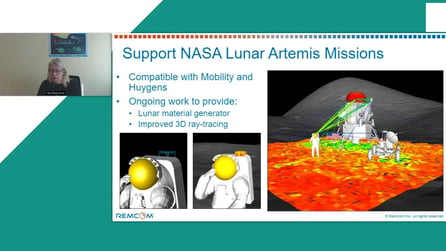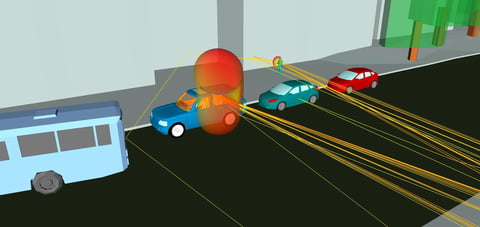Overcoming Unknown Layout Limitations when Modeling Outdoor-to-Indoor Propagation
Uncertainty in the geometry of a scenario is a fundamental limitation on the accuracy of ray-tracing methods used to model an urban scenario. When modeling the propagation of energy through a city and into the interior of a building, full 3D ray-tracing models require that the interior floor plan of the building is known and that an accurate representation of the floor plan is entered into the model. Empirical models provide an alternative in that the interior does not need to be known, but the drawback is that they do not fully model the impact other elements in an urban scenario have on the propagation of the energy. These elements include interactions between the energy and buildings or interactions between the energy and the ground that occur on the way to the building of interest. To overcome this limitation while maintaining the ability to model the uncertainty within the interior structure, Wireless InSite has a hybrid method that is invoked by using a specific receiver type that is called the “Unknown Layout Receivers.”
The hybrid method uses X3D until the rays strike the building exterior. X3D employs a shooting and bouncing ray method with an exact path correction based on the uniform theory of diffraction. This method is used throughout the city until the rays transmit through the external wall of the building of interest. The method then uses a modified COST 231 empirical model to model the remaining energy loss caused by the internal structure within the building. The benefits of the hybrid empirical/ray-tracing approach include coherent multipath calculations up to the building of interest and the ability to account for structural and material variations within the urban environment. By combining these two models into one hybrid method, Wireless InSite has the ability to overcome the limitations of both independent models.
The following example demonstrates a typical outdoor-to-indoor propagation scenario where the interior layout of a building is unknown. This model is simulating the impact of two independent transmitters external to the building on the area within the building.
A city file is opened up within Wireless InSite and placed on a flat terrain as seen in Figure 1. Two transmitters are placed on two different sides of the building of interest. The transmitters are defined as short dipoles operating at 2.4GHz with an input power of 25dBm as seen in Figure 2.

Figure 1: Urban city and terrain within Wireless InSite.

Figure 2: Transmitter locations around a building within Wireless InSite.
The Unknown Layout option is turned on under the Extensions tab in the Preferences menu as seen in Figure 3. When this option is turned on, the ability to add Unknown Layout Receivers is accessible. In the Project View window, navigate to Select -> Structure in order to select the structure to add the unknown layout receivers. Select the building structure that is closest to the transmitter. It will turn yellow as seen in Figure 4. By right clicking, a content menu will appear that has an option entitled “Add Unknown Layout Rx Set.” This option will create a receiver set that will cover the interior of the building that was selected. These receivers will be represented by purple boxes as seen in Figure 5. Wireless InSite’s X3D model was used in this scenario with two reflections and one diffraction.

Figure 3: Wireless InSite Preference menu showing the Extensions tab with Unknown Layout option selected.
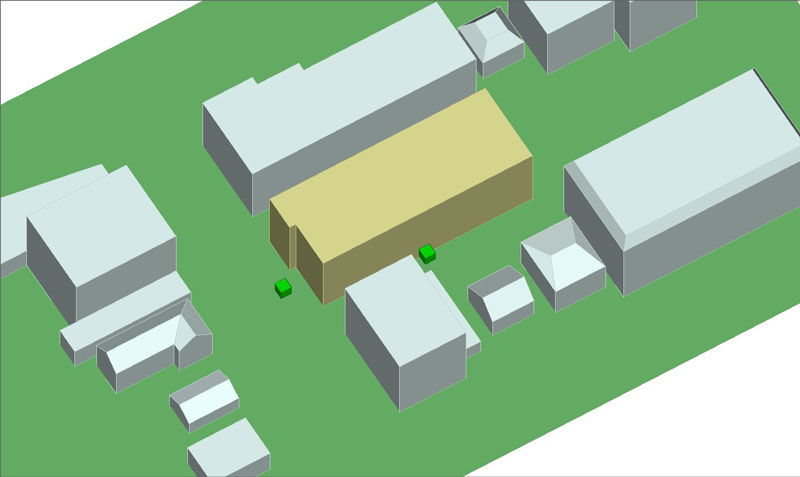
Figure 4: Selecting the structure to add the unknown layout receivers within the scene.
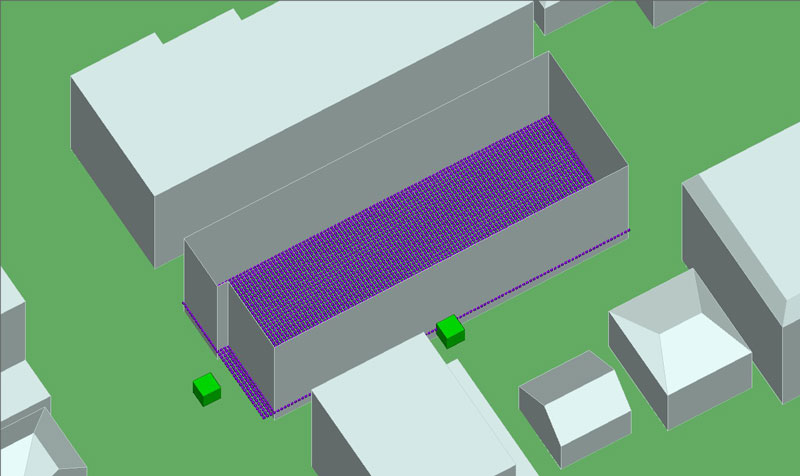
Figure 5: Unknown layout receivers within the building structure.
Once the calculation is complete, the received power in the interior of the building from the transmitter on the left can be examined. This result is seen in Figure 6. The received power in the interior of the building from the transmitter on the bottom can be seen in Figure 7. The results provide a prediction of how the energy will fade once it enters the building. In addition to the received power, the user can examine the ray paths on the exterior of the building. These ray paths are from the X3D model calculation and are used as inputs to the empirical model. Figure 8 shows the propagation paths from the transmitter on the left. This information provides feedback on where the energy that enters the building comes from for clarification of the multipath part of the calculation. Once the paths strike the building, this information is fed into the empirical model that is used to calculate the power inside the building. This ability to use site-specific information to feed an empirical calculation demonstrates the power of combining the two methods.

Figure 6: Received power in the building from the transmitter on the left.

Figure 7: Received power in the building from the transmitter on the bottom.
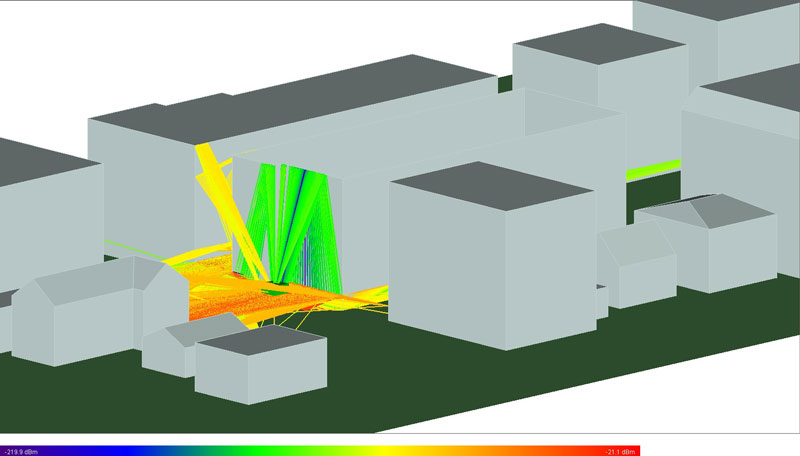
Figure 8: Propagation paths from the transmitter on the left.
By combining the COST 231 empirical model and the X3D full 3D model, Wireless InSite offers a way to overcome a typical problem of energy transmission through a building when the exact interior of the building is unknown. The hybrid model can use detailed analytical results from X3D to produce the most accurate results possible external to the building of interest, and then use the empirical model to handle the other missing parts of the scenario.
Request Project Files
Thank you for your interest in this application example. Please complete the form below to download the Overcoming Unknown Layout Limitations when Modeling Outdoor-to-Indoor Propagation project files.

